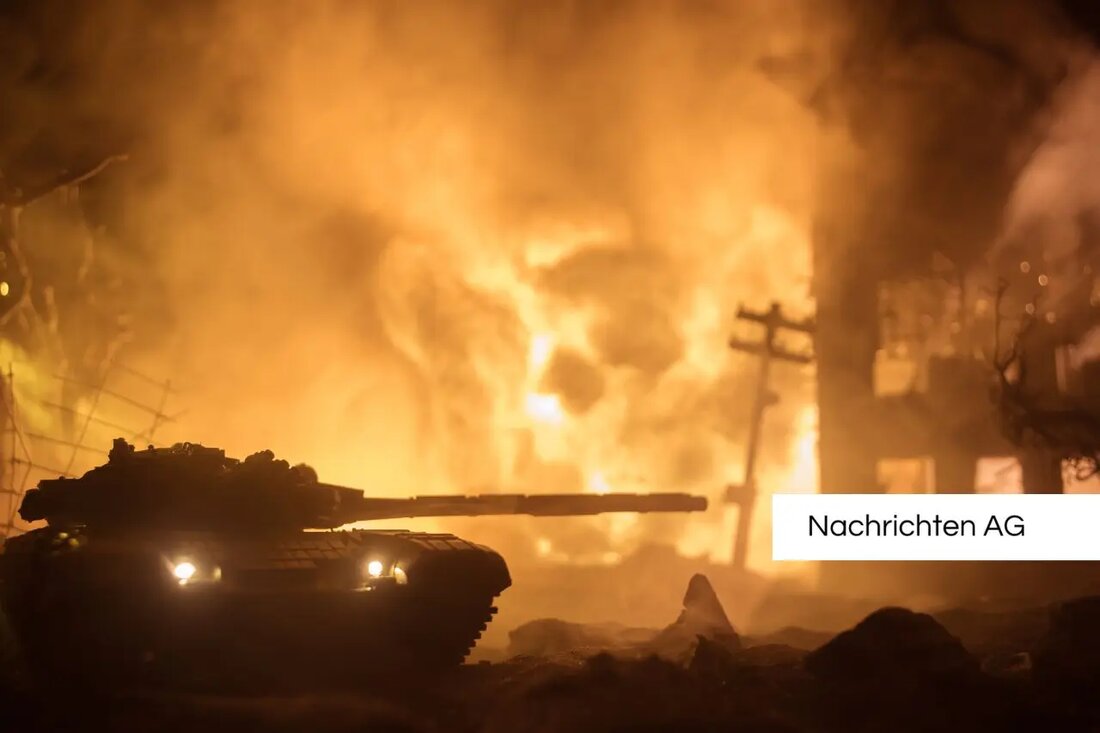Easter marches 2025: Peace for the future - protests in Saarland are increasing!
Easter marches 2025: Peace for the future - protests in Saarland are increasing!
The Easter marches, a tradition that ties in with the beginnings of the peace movement in Germany during the Cold War period, are also alive in 2025. The demonstrations that were originally launched in 1960 to protest against the use of nuclear weapons are now particularly focused by the war in Ukraine. This year, the Easter marches take place under the motto "Peaceful instead of warstay", which puts the demand for an end to the end of the military conflicts and a political solution to the fore, such as Tagesschau.de reported.
Especially in Saarland, the peace movement is an important part of social discourse. The war against Ukraine has backed up peace in public perception. Thomas Hagenhofer and Albert Ottenbreit from the Saar peace network refer to the changing number of participants over time. The active core of the movement in Saarland currently consists of around 40 people, which is a significant decline compared to the earlier numbers than it was ten times as many. Nevertheless, new members like the 46-year-old Marylin Heib, who emphasized the common desire for peace for their children.
role of Easter marches today
The Easter March in Saarbrücken, which is planned for April 20, 2025, again expects around 400 people to participate, as in the previous year. Older members of the movement regularly organize vigils, and it is also reported that discussions with soldiers were held during a demonstration in Felsberg, which makes the tensions and challenges of the current conflict situation clear. The Russian attack on Ukraine has strongly influenced the Easter marches this year, in which the central demand to the federal government of working more actively for peace negotiations, is what Deutschlandfunkkultur.de determined.
The peace movement is described as heterogeneous, whereby there are differences in dealing with the Ukraine war. In particular, there are discussions about arms deliveries, with some actors demanding a clear positioning from the left and other organizations. Experts from the academic world like Thorsten Gromes from the HSFK indicate that the call for peace negotiations often goes hand in hand with the rejection of arms deliveries to Ukraine. This shows how complex and complex the debate about peace and military support is.
history of the peace movement
The Easter marches have a tradition over 60 years, starting with the first protests against nuclear weapons that took place in Germany in 1960. The first Easter march, organized by nuclear war opponents, began to demonstrate in Braunschweig with the idea of demonstrating against the stationing of NATO troops and nuclear missiles. This solidarity has changed over the years; At the beginning, the protests not only directed nuclear weapons, but also addressed social justice and international relationships. As a result, the movement experienced various highs and lows, but today's focus on peace and disarmament remains central, also against the background of global conflicts, so DetailsQuellen


Kommentare (0)